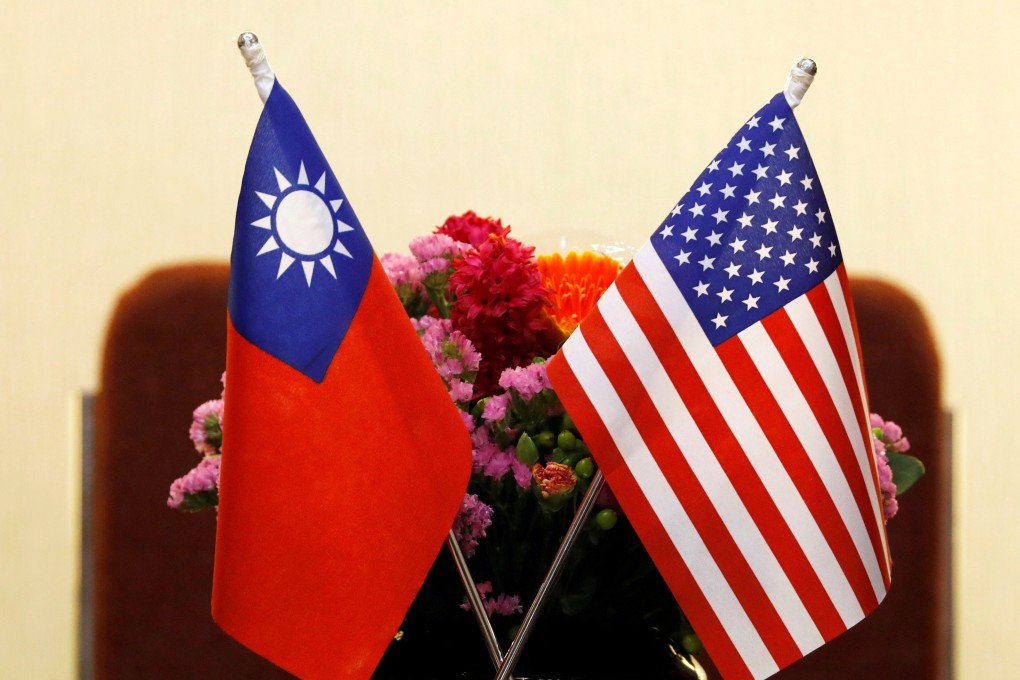Washington approves US$280 million arms sale to Taiwan
- US defence security agency says communications system deal ‘will not alter’ the region’s basic military balance
- Proposed sale is the first to be announced after November’s presidential election

The US State Department notified Congress of the possible sale, which consists of 154 communications nodes, 24 communication relays, eight network management systems, and related equipment plus personnel training, technical and logistic support, according to the US Defence Security Cooperation Agency on Monday.
Stressing that the proposed sale was consistent with US law and policy, the agency said the deal would help to improve the island’s security and assist it in “maintaining political stability, military balance, economic and progress in the region”.
“This proposed sale is designed to provide mobile and secure communications. It will contribute to the recipient’s goal to modernise its military communications capability in support of their mission and operational needs.” The agency added the deal would “not alter the basic military balance in the region”.
The proposed sale is expected to become effective in 30 days after going through Congress notification procedures. It is the first since the US presidential election in November.
Taiwan’s defence ministry said on Tuesday the proposed sale signalled there was no change in the US commitment to help secure Taiwan’s overall defence capability and consolidate its security partnership with the island to maintain peace and stability in the region.
The Taiwanese presidential office welcomed the announcement and said it reflected Washington’s firm commitment to the island’s self-defence and was in line with the US Taiwan Relations Act and the “Six Assurances” which underpin their security partnership.
Rupert Hammond-Chambers, president of the US-Taiwan Business Council – an important platform for US and Taiwan officials to exchange views on possible arms sales to the island – said the deal would help Taiwan’s military continue to modernise its military network backbone, providing its forces with improved communications and strengthened interoperability.